A Guide to Sizing and Laying Out Your Solar Array
Solar energy is a powerful and sustainable way to reduce your reliance on the grid and power your home. But before diving headfirst into installation, it’s crucial to understand how to size and layout your solar array for optimal efficiency. This blog post will equip you with the knowledge to design a solar system that perfectly fits your energy needs and roof space.
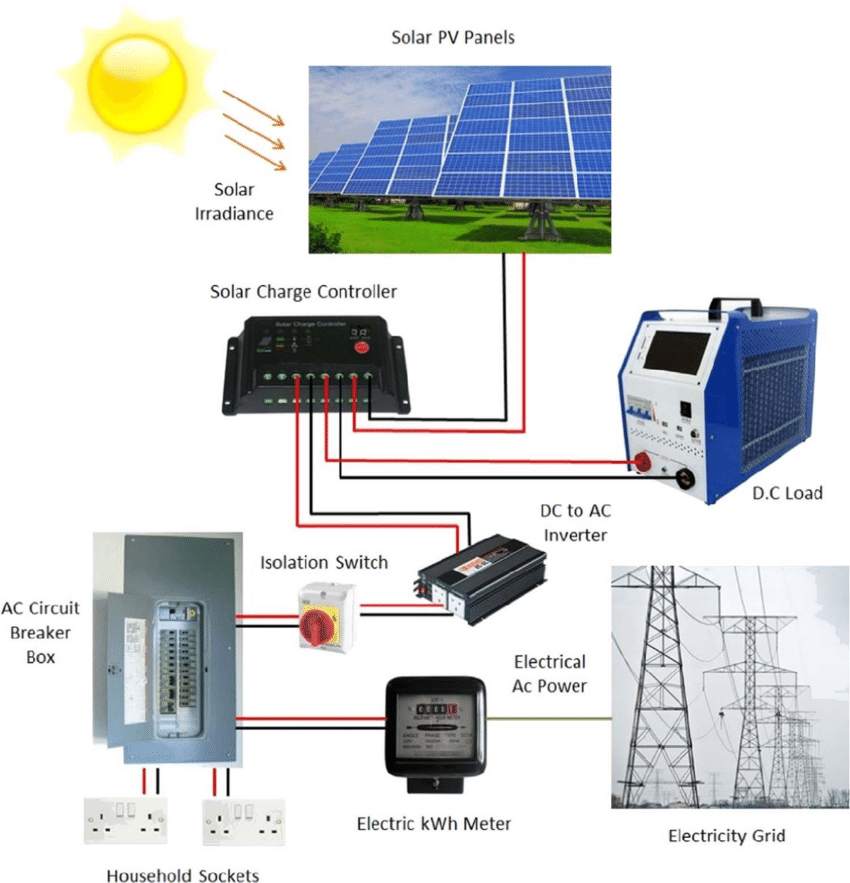
Sizing Your Solar Array
The first step is determining the ideal size for your solar array. An undersized system won’t generate enough electricity to meet your demands, while an oversized system might be an unnecessary financial burden. Here’s a breakdown of the key factors to consider:
- Energy Consumption: Analyze your electricity bills to understand your average daily or monthly kilowatt-hour (kWh) usage. Look for online tools or consult with a solar installer to estimate your future needs based on appliance usage and potential changes.
- Sun Exposure: The amount of sunlight your roof receives significantly impacts your system’s output. Research your area’s average peak sun hours per day. Shady areas or north-facing roofs will require a larger array to compensate for reduced sunlight.
- Energy Goals: Do you aim to completely offset your electricity usage (net-zero energy home) or simply generate a portion of your power needs? Deciding on your energy independence goals will influence the size of your array.
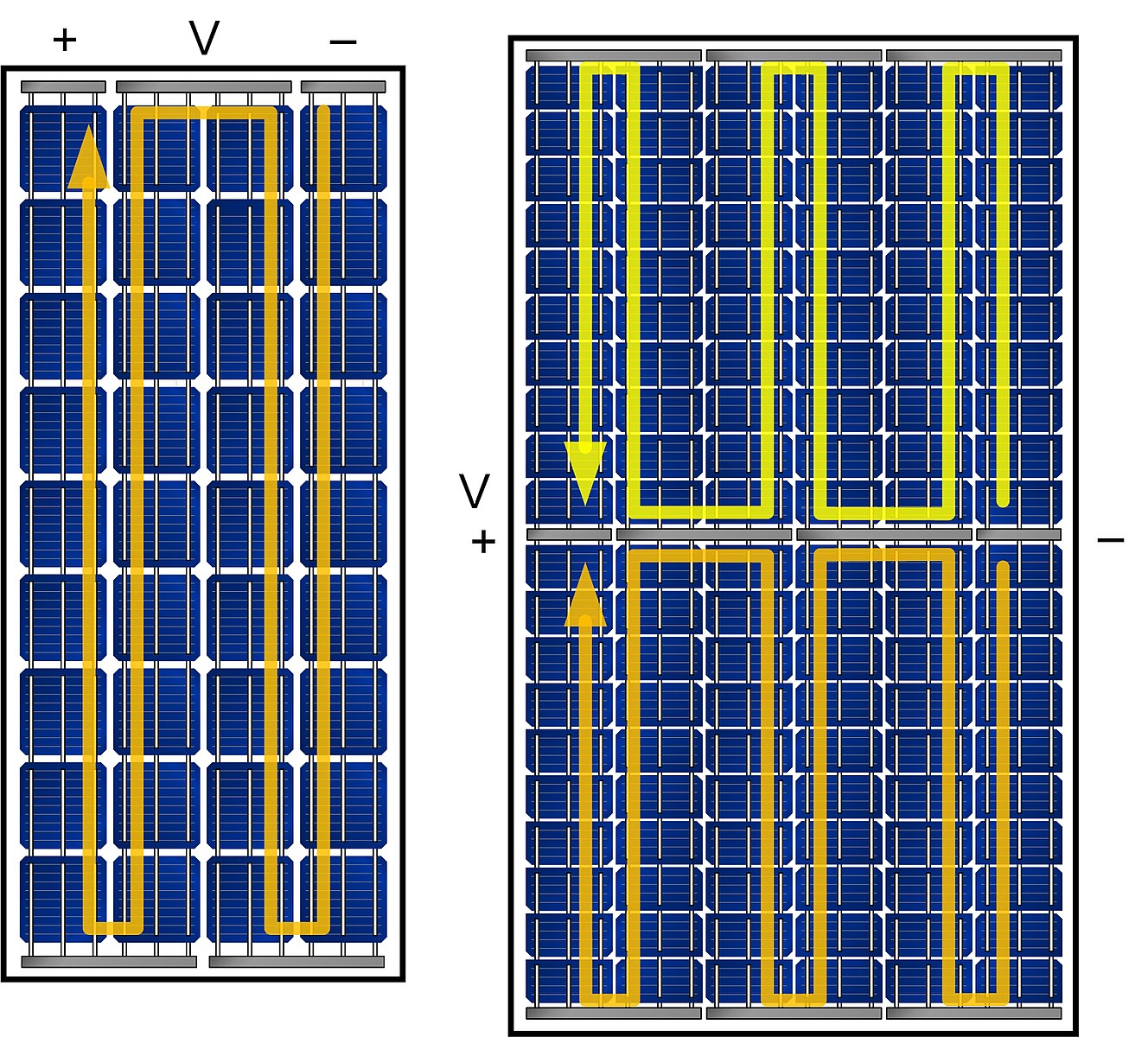
Calculating Your Solar Array Size
Once you have this information, you can use a solar panel sizing calculator (https://www.energystar.gov/) or consult with a solar professional to estimate the size (in kilowatts, kW) of your solar array needed to achieve your energy goals.
A simplified approach to estimate the size of your solar array involves dividing your daily kWh consumption by your area’s average peak sun hours. This provides a rough idea of the total kW capacity your system will need.
For a more accurate calculation, consider factors like panel efficiency (percentage of sunlight converted to electricity) and system losses due to wiring and inverter conversion. Consulting with a qualified solar installer is highly recommended for a comprehensive system design and size recommendation.
Laying Out Your Solar Array: Optimizing for Sunshine
Once you’ve determined the size of your array, it’s time to plan the layout on your roof. Here are the key aspects to consider:
- Roof Orientation and Pitch: South-facing roofs receive the most sunlight in the Northern Hemisphere, while north-facing roofs are less ideal. A roof with a tilt angle closest to your latitude will maximize sun exposure throughout the year. Flat roofs might require mounting systems to achieve the optimal tilt angle.
- Shading: Identify any potential shading obstacles like chimneys, vents, or nearby trees. Shading can significantly reduce your array’s output, so try to minimize shaded areas during peak sun hours.
- Available Roof Space: Measure your usable roof space and factor in safety clearances from the roof edge, chimneys, and other structures. This will determine the maximum number of panels you can install.
- Series and Parallel Connections: Solar panels are typically connected in series or parallel circuits. Series connections increase voltage, while parallel connections increase current. A qualified installer will design the optimal connection layout for your system.
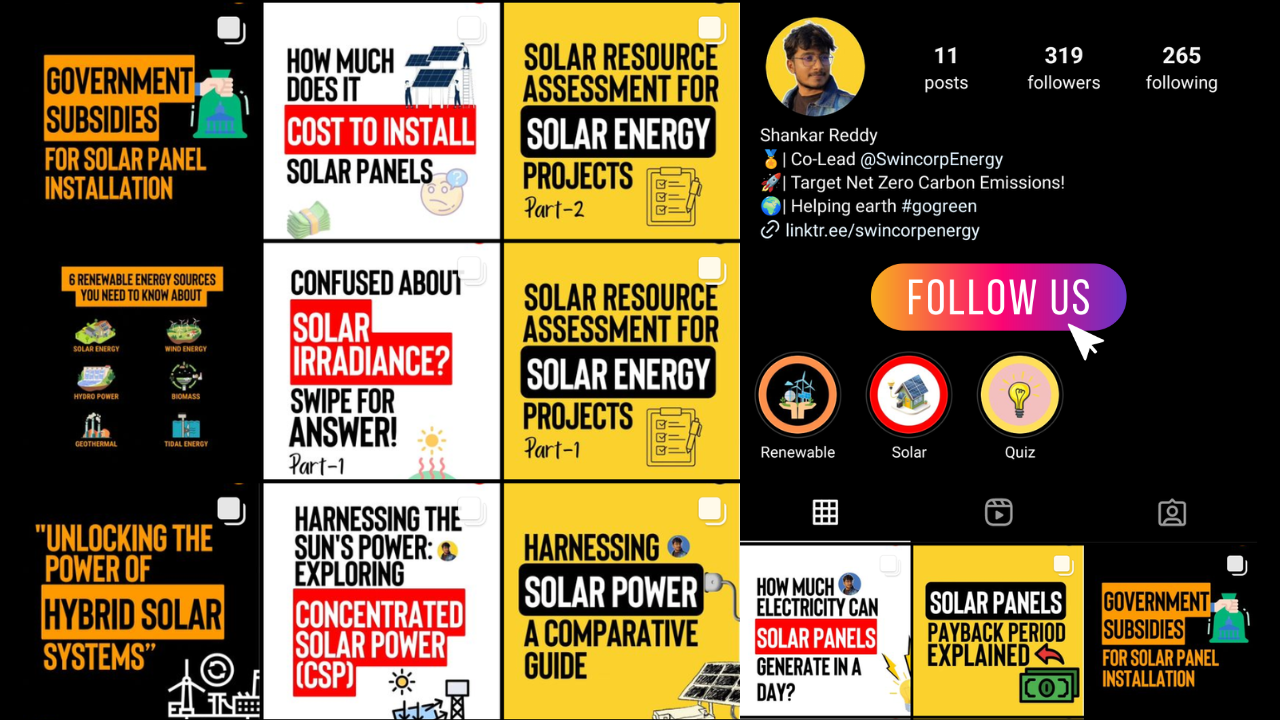
Follow us for more Information on Solar Energy
Optimizing Your Layout for Maximum Efficiency
Here are some additional tips to optimize your solar array layout:
- Use solar design software: Several software tools can help visualize your roof and optimize panel placement for maximum sunlight capture.
- Consult with a solar professional: A qualified solar installer can assess your roof, analyze sun patterns, and recommend the most efficient layout for your specific needs.
Conclusion: A Tailored Approach to Solar Power
By carefully considering your energy needs, roof characteristics, and local regulations, you can design a solar array that maximizes efficiency and delivers long-term benefits. Remember, there’s no one-size-fits-all approach. Investing in a well-designed and sized solar array can significantly reduce your reliance on the grid, save you money on electricity bills, and contribute to a cleaner and more sustainable future.
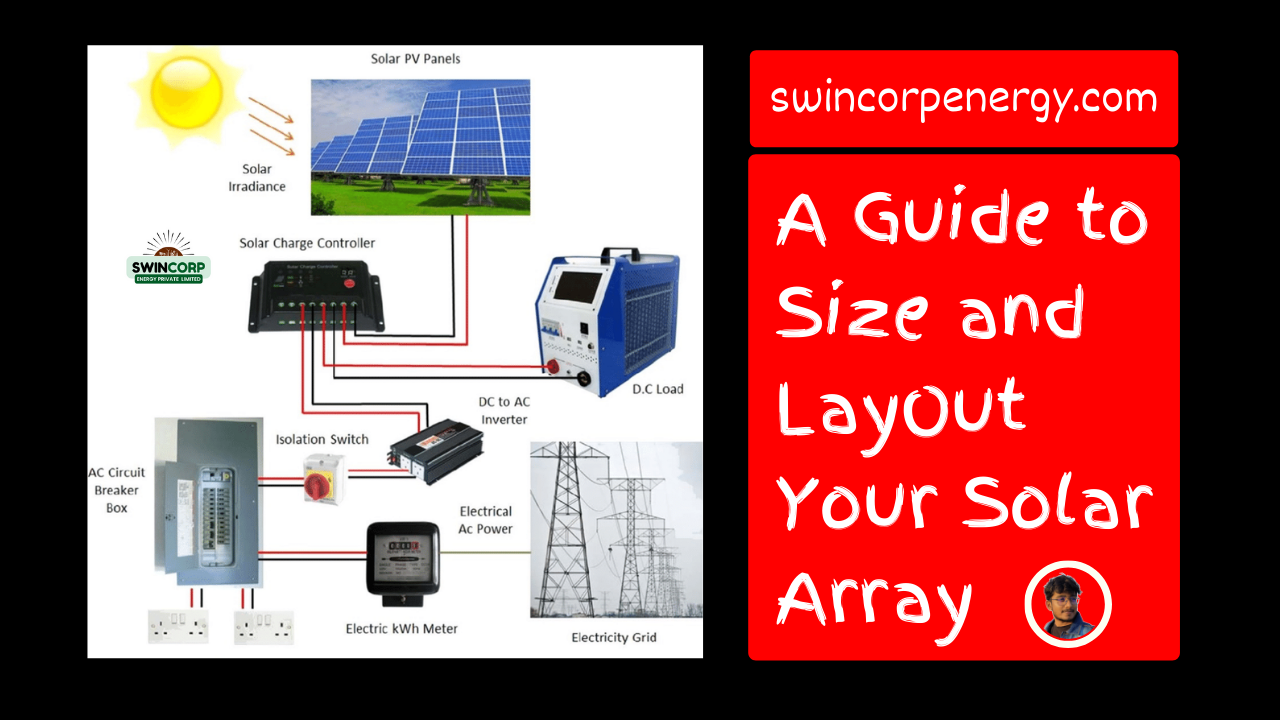
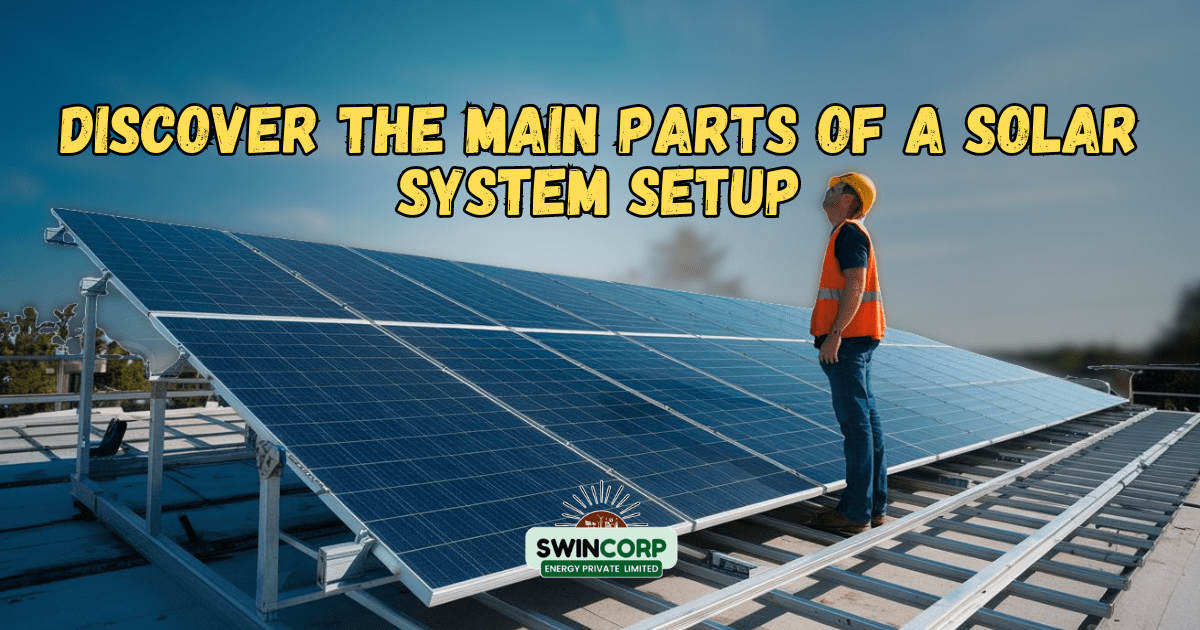
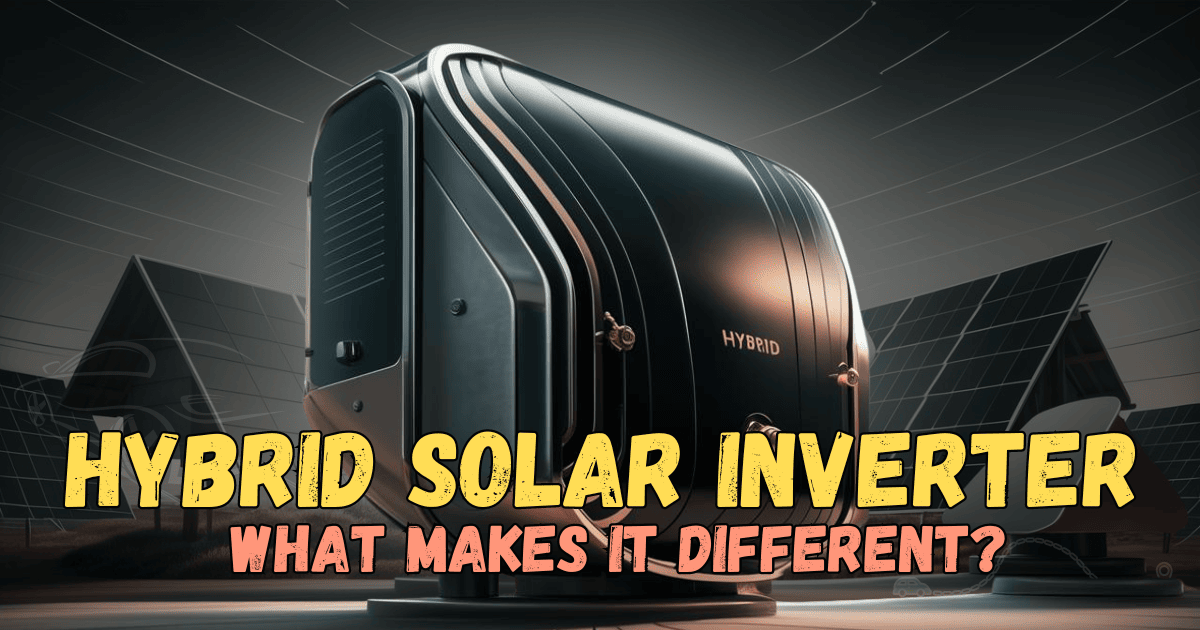

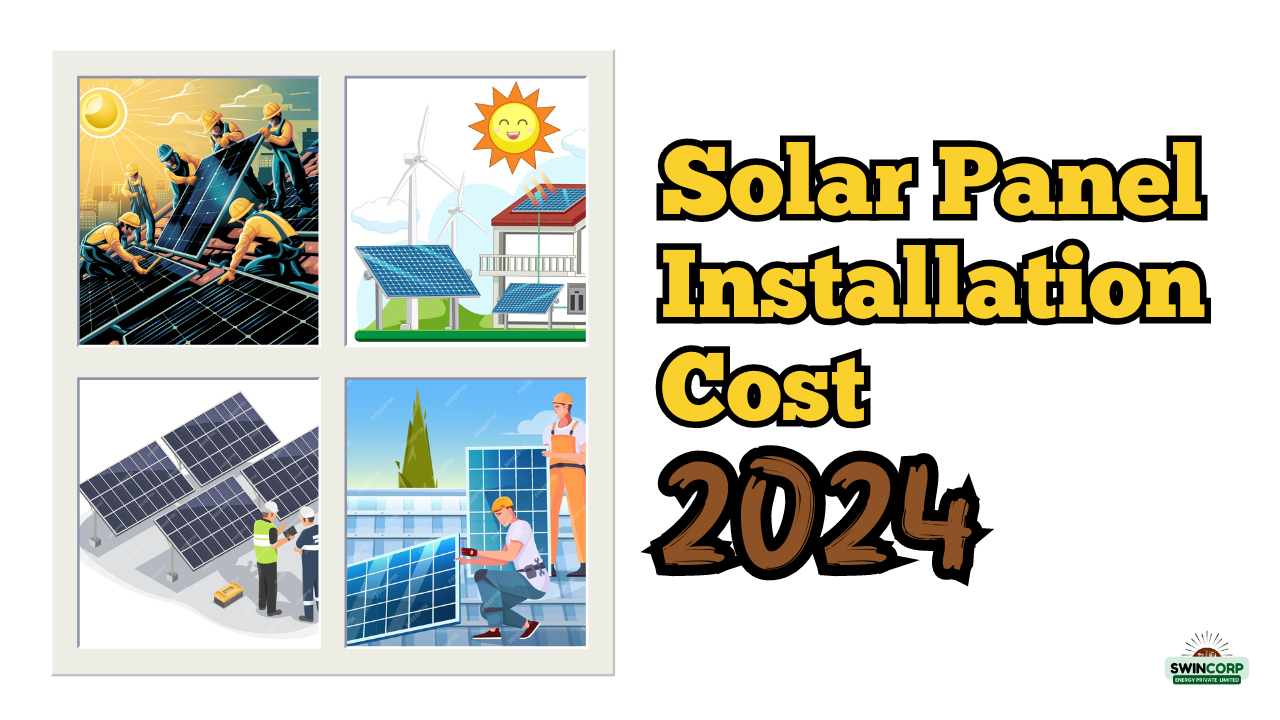
Sizing and layout of solar arrays - Dailygreenworld
[…] Source link […]
lcIoEqKMWhVr
tPFHKjsLoJplYb
biogel kúpiť v Bratislave na slovenskom
Thank you for any other informative blog. Where else may just I
am getting that type of info written in such a perfect means?
I have a undertaking that I am just now working on, and I’ve been at the look
out for such info.
metaxalone sin prescripción médica
Amazing! This blog looks exactly like my old one!
It’s on a completely different subject but it has pretty much the same layout
and design. Wonderful choice of colors!
rivastigmine disponible en Algérie
It’s a pity you don’t have a donate button! I’d without a doubt donate
to this outstanding blog! I suppose for now i’ll settle for
book-marking and adding your RSS feed to my Google account.
I look forward to new updates and will share this site with my Facebook group.
Chat soon!